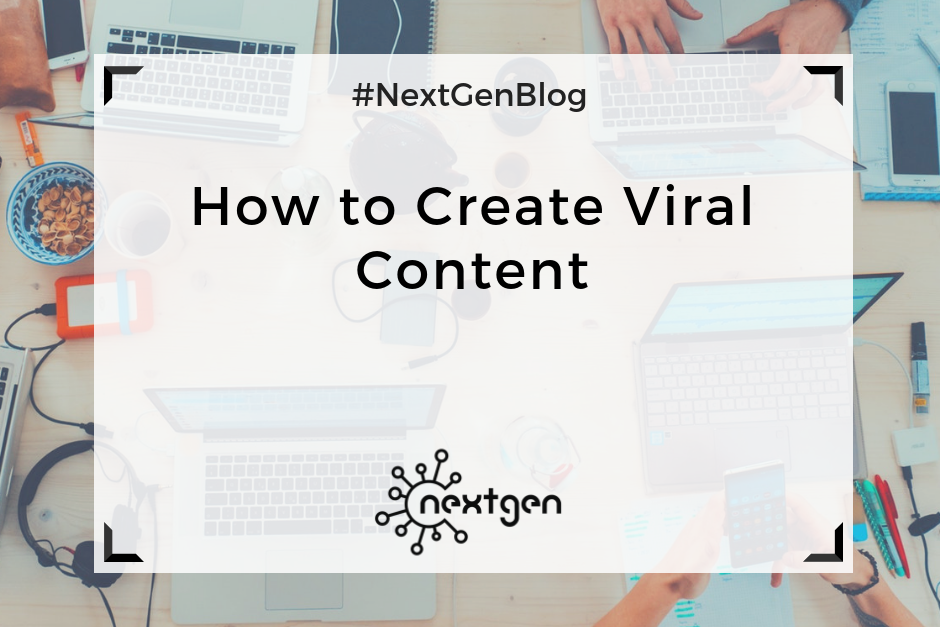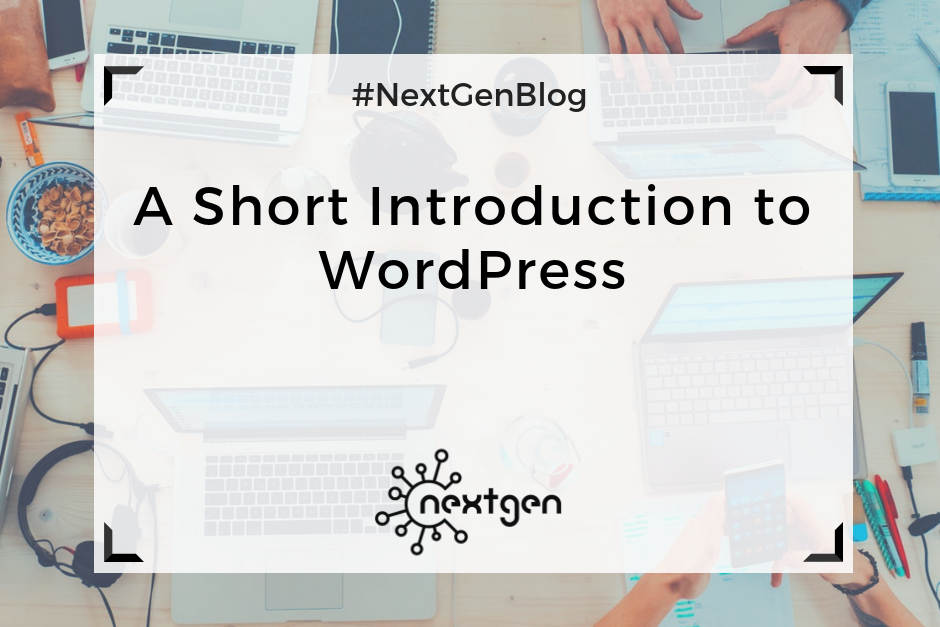
by Sofi | Oct 27, 2017 | Other
Content is a key part of a good digital marketing strategy. It’s what gets people interested in your brand and products. And the goal of every business is to reach as many people as possible, who can later become its followers, fans, and customers.
Creating viral content is one of the best ways to reach many people at once, so here are some tips you should keep in mind.
#1 Target people’s emotions
Content that arouses some kind of emotional response in people is always an attention-grabber. People can’t stay indifferent to content that makes them feel happiness, anger, shock, surprise, or any other emotion. They tend to like it, comment it, and share it with other people. Create content that strikes a chord with people and it will become viral in no time.
#2 Make it relatable
People are triggered by things they can relate to. Relatable content increases engagement. People click on it and share it with other people, because it means something to them. To create this type of content means you know and understand your audience. So, consider publishing content that is in some way relatable to many people.
#3 Make it positive
Positive online content performs better than negative online content. People like when they see something that makes them feel good. For instance, consider including humor in your posts, because everybody likes a good laugh. If you publish something that improves the mood of your online audience, they are very likely to want to share it with others.
#4 Make it short and useful
Although the optimal length of your posts depends on your business and your goals, short content is more likely to go viral. It’s easy to consume, it saves people time, and they are more likely to engage by posting comments, participating in discussions, and so on. They will be even more interested in your content if they find it useful. So, try to make it educational, practical, helpful, and informative.
#5 Include visuals
Visuals enrich your content and make it more compelling. Photos, videos, graphs and illustrations make your content eye-catching, and increase the chance of your content getting noticed by more people. So, include beautiful and useful visuals in your content to make it more attractive and share-worthy.
#6 Stand out
If you want to get people genuinely interested in your content, you need to make it unique. Try to make it different and better from the content of your competitors. Try to be original, and don’t copy ideas from other places. Include something new, something nobody else has thought of. Think of your audience and what they might like, and come up with something inventive and creative.
***
Using the above tips, you can create content that people will notice and share. Creating viral content is important, if you want your business to grow. However, this doesn’t mean all your content needs to be viral. Just remember that it’s useful to create viral content from time to time, to increase your fan base, and get new customers.

by Sofi | Oct 13, 2017 | Digital Marketing Tools
WordPress is a powerful, online platform, that can be used to create a website or start a blog. It’s great for beginners, because you don’t need to be a developer or have any coding skills to be able to use it. If you want to do some customization, you can hire a developer to do it for you. But most of the WordPress themes offer plenty of built in options and plugins, enough for successfully creating and managing a website.
I started using WordPress to work on a new website, and was able to get hold of it in just a few weeks. It might seem complicated at first, but with a little bit of time and dedication, I think anyone can learn how to use it. So, if you’ve never used WordPress before, here are some basics to give you an idea of how it works.
Setting up a website
The first thing you need to do before you set up a WordPress website, is choosing a domain name and a web host service. Although WordPress is a free content management system, you’ll still need to spend a few dollars on the domain name and web hosting. Find a simple domain name, that is memorable, and easy to type. Consider what your hosting needs are, check the options and prices of different web hosting sites and choose one.
After you install WordPress to your domain, the next step is setting up your website. When you sign into WordPress, you will see the Dashboard’s home page. In the Dashboard menu you can find all the available tools and settings for editing your website, which are fitted in a sidebar on the left side of the screen. It’s relatively simple to navigate, and if you have a trouble finding a feature you need, you can always use the “Help” tab in the upper right corner of the screen. It’s also a good idea to watch some tutorial videos before you start editing your site. This will save you the time you need to spend to figure all out by yourself.
To start editing your new WordPress site, you first need to choose a website theme in the “Appearance” section on the Dashboard. This determines the general look of your site. You can choose one from the themes available for free, or you can choose some of the priced themes. After you set your theme, you can start designing your website by setting a background, adding widgets, installing plug-ins, adding pages, arranging your menus etc.
Adding content
After you set your site’s appearance, you can finally start to create and add content. You can start by adding “posts” and “pages”, depending of the type of site you created.
If you create a blogging site, most of the time you’ll publish your content by adding new posts, which appear as blog posts on your site. They are sorted by date, in reverse chronological order, which you can edit anytime if you want to change their order of appearance. You also have the option to divide your posts into different categories, as well as add a set of tags in each post, which will help your readers easily find your content.
If you create another type of website, such as a business website, you can have a separate page for blogs, and publish your posts there. You can set the pages you add to appear in a navigation menu in the header section of your site. In each page, you can write appropriate content, and add media – photos and videos. You can also create so called “child pages”, which are pages that are subordinates to other pages. To arrange your pages in any order you like, you can go to “Menus” in the “Appearance” section of the Dashboard menu.
You can also add different types of widgets to your site, that perform specific functions. You can add widgets for search bars, galleries, quotes, social media pages, etc. This type of widgets will improve your site’s look and functionality.
Another thing you can do is add plugins, which are useful programs that integrate with WordPress to enhance your site with new features. An excellent plugin, which I use and highly recommend, is Elementor. It’s a page builder plugin with great features, and is very simple to use. It can significantly ease the process of adding any type of content to your site. Of course, there are many other useful plugins, so make sure to check them out too, if you start using WordPress.
***
Once you learn the basics, WordPress is pretty simple to use. If you’re totally new to the platform and have never used it, hopefully we helped you understand how to get started. So, go ahead and create your new awesome website with WordPress!



